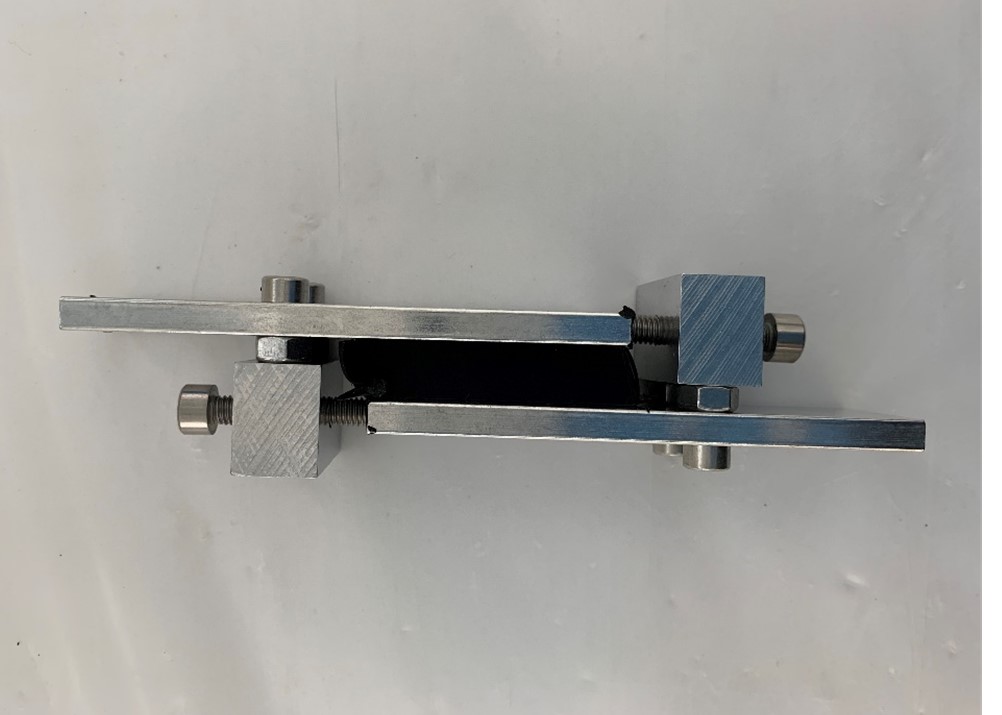Holistic Review of the Permanent Shear Deformation Effects on Structural Silicone Joints in SSG Façade Systems
DOI:
https://doi.org/10.47982/cgc.9.546Downloads

Abstract
In Structural Silicone Glazing (SSG) when applied to unitised curtain wall systems typical practice incorporates a pair of dead load plates intended to carry the glass self-weight and so avoid subjecting structural silicone to permanent shear. However in reality, due to the fabrication sequence and system behaviour some loads can occur which will be resisted permanently by the structural silicone. In a hung and sworded system (H&S), designers typically assume that slab deflection, or inter-story drift will cause a unitised panel to lift off from one support and so change the load path within it. To conform with this new load path, shear deformation will occur in the SSG joints. The deformation in the SSG joint will be permanent unless the supporting main structure returns to its original position. The structural performance of SSG joints subjected to permanent shear deformation in combination with short term loads is not adequately covered by any guidance. The aim of this paper is to provide a better understanding of the effect of the permanent shear deformation on SSG joints. Experimental tensile and shear testing has been carried out by Sika on H-specimens (Sikasil® SG-500) while imposing prescribed levels of shear deformation in combination with different accelerated aging conditions. The testing procedure, results and main conclusions are explained and summarised.
Published
Issue
Section
Adhesives & Composites
License
Copyright (c) 2024 Jordi Alcaine, Ed Forwood, Pedro Gálvez, Peter Lenk, Ulli Mueller, Viviana Nardini

This work is licensed under a Creative Commons Attribution 4.0 International License.



